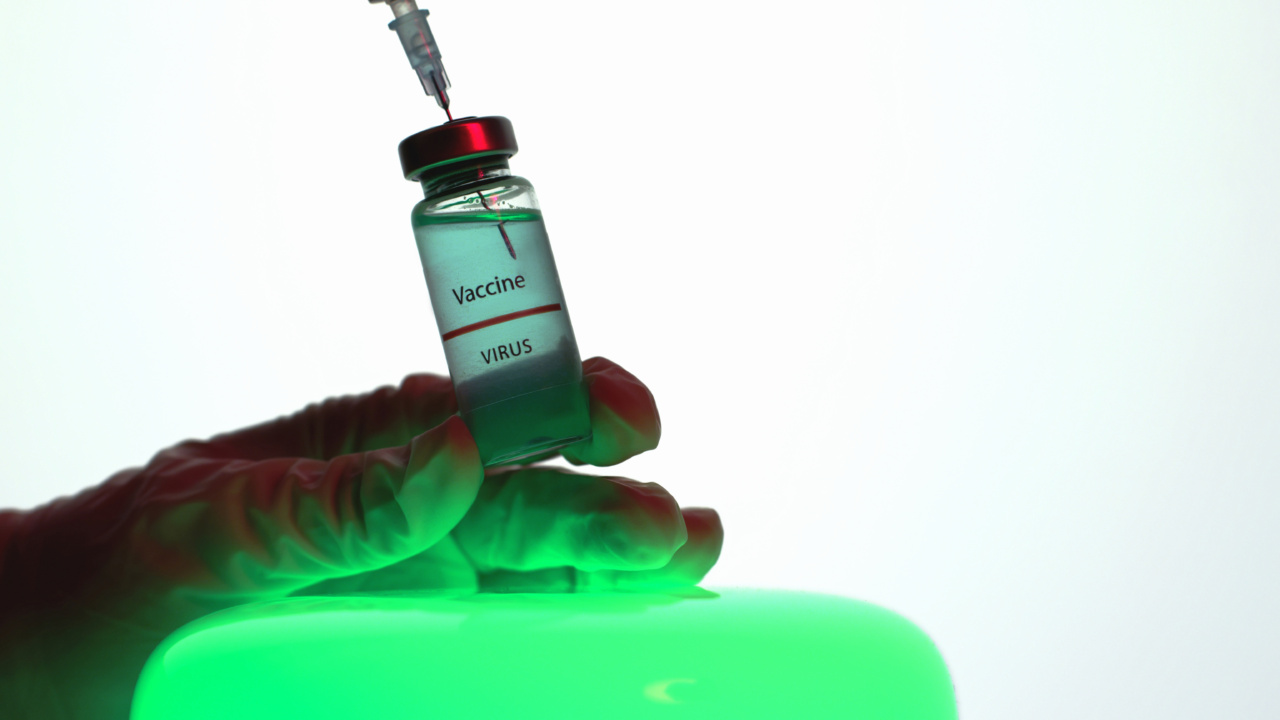The human papillomavirus (HPV) is commonly known as a sexually transmitted infection that can lead to the development of cervical cancer in women.
However, recent research has shown that HPV infection rates in the mouth are alarmingly high, affecting both men and women. In this article, we will explore the rising prevalence of HPV in the oral cavity, its potential health risks, and the importance of vaccination for overall protection.
The Link Between HPV and Oral Infections
HPV is primarily transmitted through sexual contact, including vaginal, anal, and oral sex.
While the virus is commonly associated with cervical cancer, it can also lead to oropharyngeal cancer, which affects the back of the throat, the base of the tongue, and the tonsils. Recent studies have shown that HPV is responsible for a significant portion of oropharyngeal cancers, and the infection rates in the mouth are on the rise.
The rise in HPV-related oral infections is attributed to changes in sexual behaviors and an increase in oral sex practices. The virus can be easily transmitted through oral-genital contact, putting both giving and receiving partners at risk.
Furthermore, engaging in multiple sexual partners or having a partner with a history of HPV increases the chances of acquiring the infection.
The Health Risks of Oral HPV Infections
While many HPV infections clear up on their own without causing any symptoms or health issues, some strains of the virus can lead to more serious conditions.
HPV-related oral infections can potentially progress into oropharyngeal cancer, which can be life-threatening if not diagnosed and treated early.
Unfortunately, the symptoms of oral HPV infections are often not noticeable, which makes early detection and diagnosis challenging.
However, some individuals may experience symptoms such as persistent sore throat, difficulty swallowing, or the presence of a lump in the throat that doesn’t go away. It’s essential to pay attention to any unusual changes in the mouth or throat and seek medical attention promptly.
The Importance of HPV Vaccination
Given the high rates of HPV infections in the mouth and the potential health risks associated with the virus, vaccination has become crucial for overall protection.
The HPV vaccine is primarily known for its role in preventing cervical cancer in women, but it also provides substantial protection against oral HPV infections for both sexes.
The vaccine is recommended for all preteens aged 11 to 12 years, although it can be administered as early as age 9.
Vaccination at an early age ensures that individuals are protected before sexual activity commences, greatly reducing the risk of HPV infection. However, individuals who didn’t receive the vaccine during adolescence can still benefit from vaccination well into adulthood.
The HPV vaccine is administered as a two- or three-dose series, depending on the age of the individual at the time of initiation. It is highly effective in preventing HPV infections and related health conditions, including oropharyngeal cancer.
By getting vaccinated, individuals not only protect themselves but also contribute to reducing the overall prevalence of HPV in the population.
Other Preventive Measures
In addition to vaccination, there are other preventive measures that individuals can take to reduce the risk of HPV infections in the mouth:.
1. Practice Safe Sex
Using condoms or dental dams during oral sex can help reduce the risk of contracting HPV or other sexually transmitted infections. While these methods are not foolproof, they provide some level of protection.
2. Limit Sexual Partners
Engaging in sexual activities with fewer partners can significantly lower the risk of HPV infection. Having a monogamous relationship or being in a mutually faithful partnership can reduce the chances of exposure to the virus.
3. Get Regular Dental Check-ups
Regular visits to the dentist can help identify any potential oral health issues, including HPV-related infections, at their earliest stages.
Dentists can perform thorough oral examinations, evaluate any unusual symptoms, and recommend appropriate follow-up care.
4. Raise Awareness
Increasing awareness about the link between HPV and oral infections is vital in promoting preventive measures and encouraging vaccination.
Education campaigns at schools, community centers, and healthcare facilities can help dispel misconceptions and facilitate open conversations about sexual health.
Conclusion
The prevalence of HPV infections in the mouth is on the rise, emphasizing the need for increased awareness and preventive measures.
HPV-related oral infections can lead to serious health risks, including oropharyngeal cancer, which can be life-threatening. Vaccination against HPV is highly recommended for both preteens and adults to provide overall protection. Additionally, practicing safe sex, limiting sexual partners, and regular dental check-ups can further reduce the risk of oral HPV infections.
Together, these steps can help curb the spread of HPV and protect individuals from its potentially devastating consequences.




























